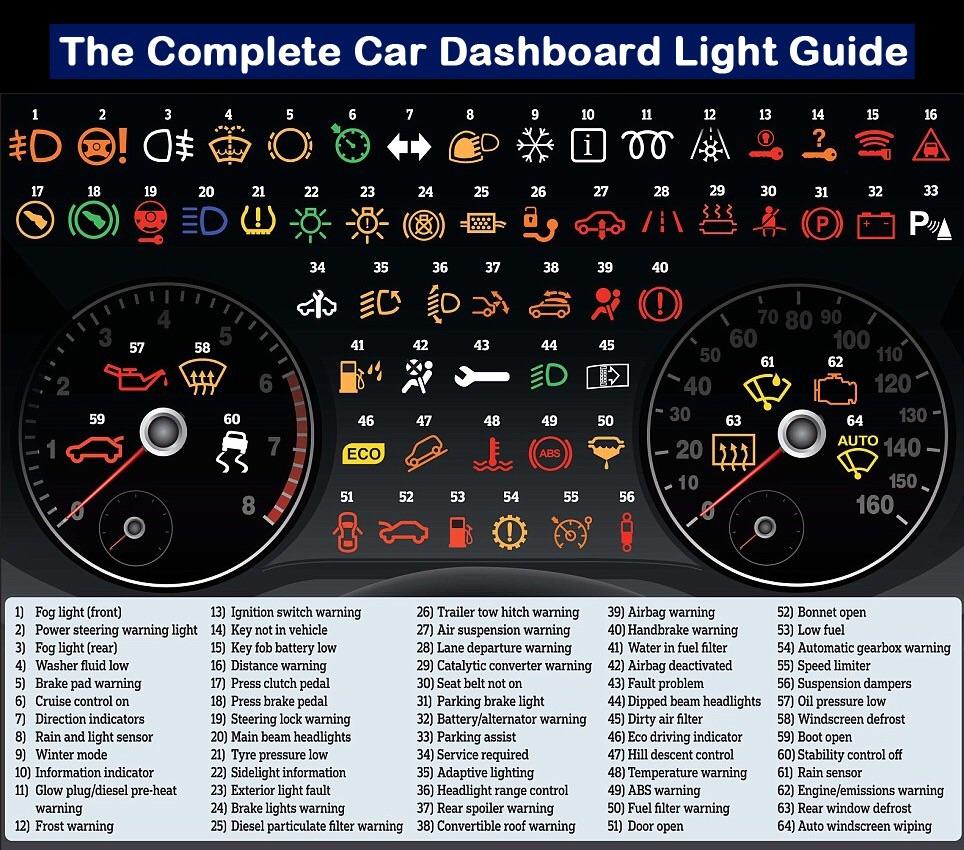When you hit the road, the last thing you want is to be caught off-guard by your car’s warning signs․ They are like whispers from your vehicle, urging you to pay attention and take action․ In this comprehensive guide, we will delve into the world of car warning signs, exploring their meanings, what actions to take, and tips on how to prevent such warnings from arising․ Buckle up and let’s embark on a journey through the intricate language of automotive alerts!
Understanding Car Warning Signs
Car warning signs are indicators that alert drivers to potential issues with their vehicle․ These signs can come in the form of dashboard lights, sounds, or even vibrations․ Understanding these signals is crucial for maintaining your vehicle’s health and ensuring your safety on the road․
- Dashboard Warning Lights: The most common form of warning, these lights illuminate on your dashboard and vary in color․
- Sounds: Certain sounds may indicate issues, like a beeping noise to alert you of an open door or a grinding sound from your brakes․
- Vibrations: Unusual vibrations while driving can signal problems with your tires, brakes, or suspension system․
Common Warning Lights and Their Meanings
Every vehicle model may have different warning lights, but there are several universal symbols that most drivers will come across․ Here’s a rundown of some common warning signs and what they signify:
1․ Check Engine Light
The infamous check engine light can be a source of frustration․ It might glow steady or blink, indicating different levels of urgency․
- Steady Light: Could signify a minor issue, such as a loose gas cap․
- Blinking Light: Indicates a serious problem, often requiring immediate attention․
2․ Oil Pressure Warning
This light typically appears as an oil can․ It warns you about low oil pressure, which can lead to severe engine damage․
3․ Battery/Charging Alert
This sign looks like a battery and signals issues with your vehicle’s electrical system․ It could indicate a failing battery or alternator․
4․ Temperature Warning
Often depicted as a thermometer, this light warns of overheating․ Pull over immediately if you see this warning!
5․ Brake Warning Light
This could mean your parking brake is engaged or there’s an issue with your braking system․ Safety first!
What to Do When a Warning Light Illuminates
Seeing a warning light on your dashboard can induce panic, but it’s important to stay calm and take the right steps:
- Identify: Look up the warning light in your owner’s manual or consult an online resource;
- Assess: Determine if the issue requires immediate attention or if it can wait․
- Take Action: If safe, pull over and investigate further․ For serious warnings, call for roadside assistance․
Preventing Warning Signs
Prevention is always the best medicine․ Here are some proactive measures you can take to minimize the risk of encountering warning lights:
- Regular Maintenance: Keep up with scheduled maintenance, oil changes, and tire rotations․
- Fluid Checks: Frequently check your engine oil, coolant, brake fluid, and transmission fluid levels․
- Listen and Feel: Pay attention to your vehicle’s sounds and vibrations․ Early detection can prevent bigger issues․
Your car is more than just a machine; it’s a companion on the roads of life․ Understanding its warning signs is akin to having a conversation with it․ The better you listen to the signals your vehicle sends, the longer it will serve you faithfully․
Next time a warning light flickers to life, remember that it’s not just a nuisance—it’s an opportunity for you to take charge of your vehicle’s health․ Keep this guide handy, stay informed, and drive safely!
Further Reading
If you’re interested in learning more, consider exploring the following topics:
- Vehicle Maintenance Tips
- Understanding Car Care
- Vehicle Safety Recalls
Stay alert on the road, and may your journey be filled with safe travels!

